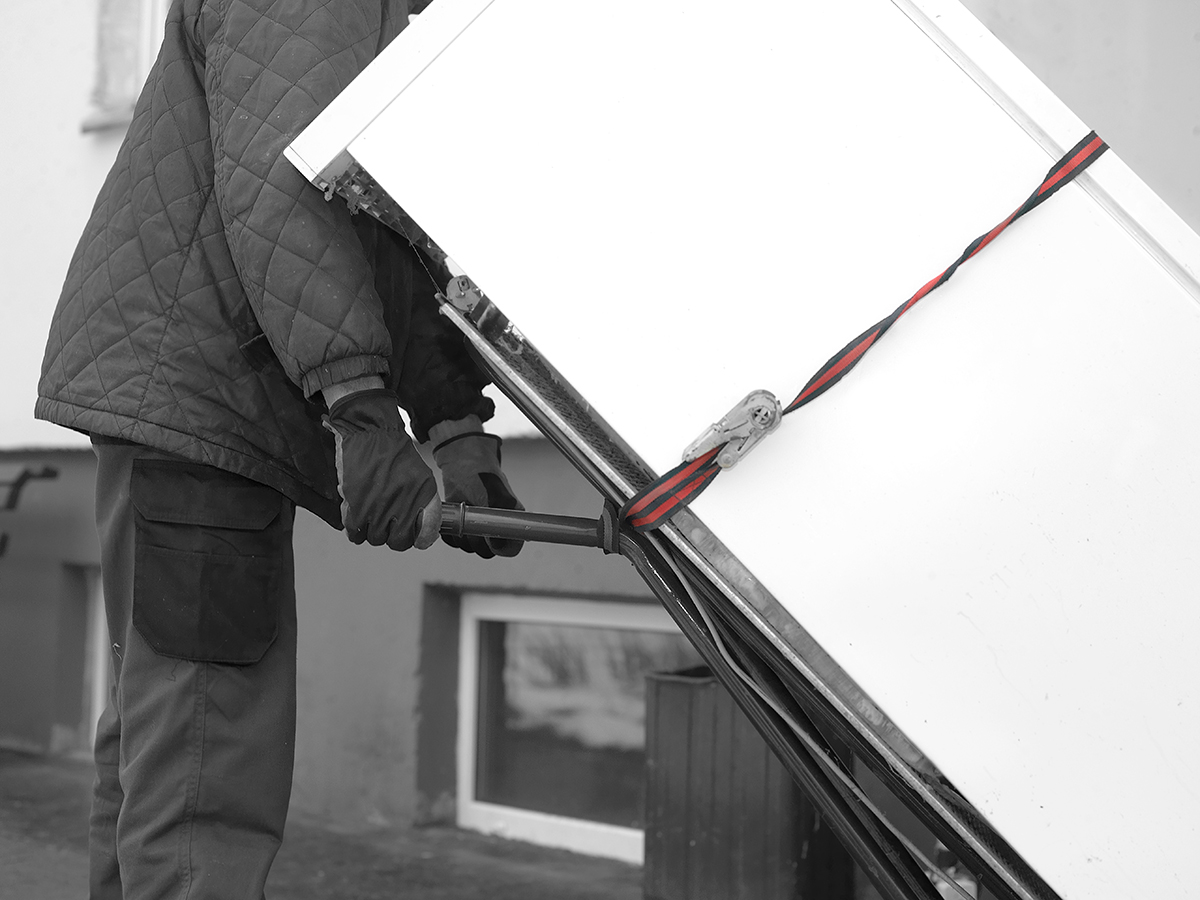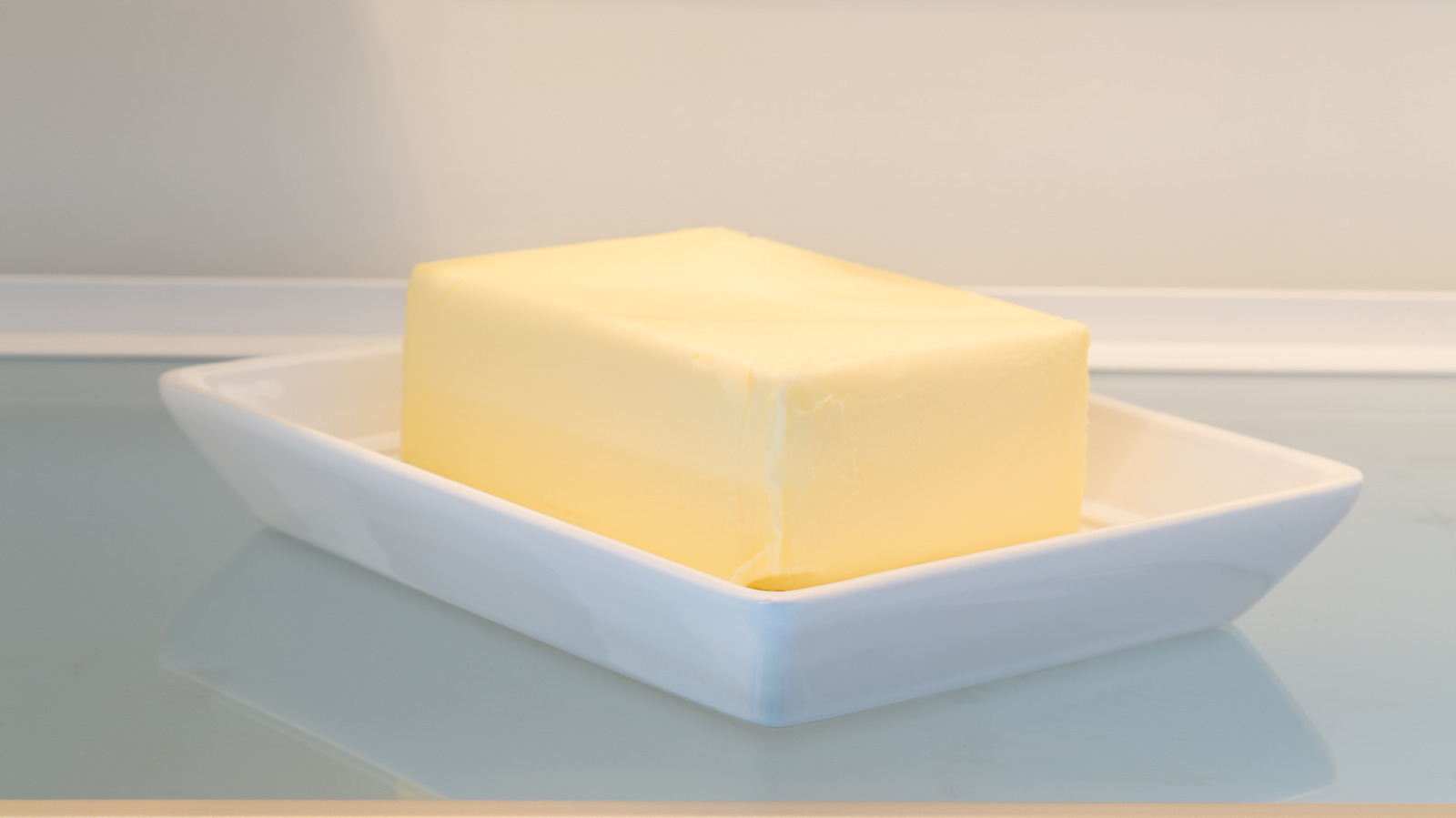

Articles
How Long Can A Freezer Lay On Its Side
Modified: May 6, 2024
Learn how long a freezer can safely lay on its side without causing damage. Read our informative and helpful articles on freezer maintenance and care.
(Many of the links in this article redirect to a specific reviewed product. Your purchase of these products through affiliate links helps to generate commission for Storables.com, at no extra cost. Learn more)
Introduction
When it comes to moving or storing appliances, such as freezers, it’s crucial to handle them with care to ensure their functionality and longevity. Freezers are an essential part of our daily lives, providing a convenient way to store and preserve perishable items. However, there may be instances where you need to transport or reposition a freezer, which raises the question: How long can a freezer safely lay on its side?
In this article, we will explore the effects of laying a freezer on its side and discuss the potential risks and concerns associated with this practice. Additionally, we will provide recommendations on how to safely move or store a freezer to maintain its optimal performance.
Key Takeaways:
- Laying a freezer on its side can lead to oil leakage, compressor damage, and condensation buildup, impacting its performance. Minimize time spent on its side to reduce the risk of damage.
- When moving or storing a freezer, consult the user manual, secure the appliance, and avoid extreme temperatures. Keep the freezer upright for long-term storage to maintain its efficiency and longevity.
Understanding the Basics of Freezers
Before delving into the topic of how long a freezer can safely lay on its side, it’s important to have a basic understanding of how freezers work. Freezers are designed to keep food and other perishable items at a consistently low temperature to slow down the growth of bacteria and prevent spoilage.
Most freezers operate using a compressor and a refrigerant that work together to remove heat from the interior compartment. The compressor compresses the refrigerant, causing it to become hot, and then releases it into a series of coils outside the freezer. As the hot refrigerant flows through the coils, it dissipates the heat, cools down, and converts back into a liquid state. The cooled refrigerant is then circulated back into the freezer where it absorbs heat from the interior, enabling the freezer to maintain a cold temperature.
It’s worth noting that freezers are designed to operate in an upright position, as this allows for proper circulation of the refrigerant and efficient cooling. Placing a freezer on its side can disrupt this process and potentially lead to various issues.
Effects of Laying a Freezer on its Side
While it may be tempting to lay a freezer on its side to fit it through narrow doorways or during transportation, doing so can have several negative effects on its performance and lifespan. Here are some of the potential consequences of laying a freezer on its side:
- Oil Leakage: When a freezer is laid on its side, the oil from the compressor can leak into the cooling lines. This can disrupt the flow of refrigerant and lead to inefficient cooling or even complete system failure.
- Compressor Damage: The compressor is a vital component of a freezer, responsible for compressing the refrigerant and maintaining the desired temperature. Laying the freezer on its side can cause the compressor to be subjected to uneven pressure, potentially leading to damage or premature wear.
- Evaporator Coil Issues: The evaporator coil, located inside the freezer, is responsible for absorbing heat from the interior and cooling the air. When a freezer is laid on its side, the oil from the compressor can migrate to the evaporator coil, hindering its ability to function properly.
- Condensation and Moisture Buildup: Laying a freezer on its side can lead to condensation and moisture buildup inside the unit. Excessive moisture can result in mold growth, rust formation, and damage to electrical components.
These effects can significantly impact the performance and lifespan of a freezer, potentially resulting in costly repairs or the need for a replacement.
Potential Risks and Concerns
When considering laying a freezer on its side, it’s important to be aware of the potential risks and concerns associated with this practice. While occasional and brief periods of laying a freezer on its side may not cause immediate damage, there are several factors to consider:
- Duration of Laying: The longer a freezer is laid on its side, the greater the likelihood of experiencing negative effects. The longer the compressor is exposed to uneven pressure, the more likely it is to sustain damage.
- Age and Condition of the Freezer: Older freezers or units that have existing issues may be more susceptible to damage when laid on their side. Weak or worn components may not withstand the stress of being positioned horizontally.
- Quality of the Freezer: The quality and construction of the freezer can also play a role in its susceptibility to damage. Cheaper or poorly-made models may be more prone to leaks or compressor issues when tilted.
- Manufacturer Recommendations: It’s essential to consult the freezer’s user manual or contact the manufacturer to understand their specific recommendations regarding transporting or repositioning the appliance.
It’s important to consider these factors and weigh the potential risks before deciding to lay a freezer on its side. Taking the necessary precautions can help mitigate the chances of damage and ensure the longevity of your appliance.
It is not recommended to lay a freezer on its side for an extended period of time as it can cause damage to the compressor and affect its performance. If you need to transport a freezer on its side, it’s best to keep it upright as much as possible.
How Long Can a Freezer Safely Stay on its Side?
The duration that a freezer can safely stay on its side depends on various factors, including the make and model of the appliance, its age, and the manufacturer’s recommendations. In general, it is best to minimize the time a freezer spends on its side to reduce the risk of damage and ensure optimal functionality.
If you need to lay a freezer on its side temporarily, such as during transportation or moving, it is generally advised to limit the duration to no more than 1-2 hours. This shorter time frame helps mitigate the potential risks associated with oil leakage, compressor damage, and coil issues.
It is important to note that this recommended time frame may vary depending on the specific freezer model and the manufacturer’s guidelines. Some manufacturers may state that their freezers can be laid on their side for longer periods without causing significant damage. Therefore, it is crucial to consult the freezer’s user manual or contact the manufacturer directly to obtain accurate information regarding your specific appliance.
When transporting a freezer, it is also essential to ensure that it is properly secured and protected to prevent any jostling or movement that could lead to damage. Use straps or tie-downs to secure the freezer in an upright position or ensure it is padded and adequately supported when laying it on its side.
Remember, the goal is to minimize the time a freezer spends on its side to reduce the potential risks. If you need to store a freezer for an extended period, it is strongly recommended to keep it in an upright position to maintain its longevity and efficiency.
Read more: How To Organize Side By Side Freezer
Recommended Precautions When Moving or Storing a Freezer
When it comes to moving or storing a freezer, it’s important to follow these recommended precautions to ensure the safety of the appliance and maintain its performance:
- Consult the User Manual: Start by consulting the freezer’s user manual for specific instructions and guidelines provided by the manufacturer. They may have specific recommendations regarding transporting or repositioning the appliance.
- Minimize Time Spent on its Side: If you need to lay a freezer on its side during transportation, try to keep the duration as short as possible. Ideally, limit it to 1-2 hours to reduce the risk of potential damage to the compressor and other components.
- Secure and Protect the Freezer: When laying a freezer on its side, ensure that it is properly secured and protected. Use straps or tie-downs to secure it in an upright position or pad it with blankets or cushions to prevent any movement or jostling that could result in damage.
- Avoid Extreme Temperatures: When moving or storing a freezer, avoid exposing it to extreme temperatures. Excessive heat or cold can disrupt the unit’s functionality and potentially lead to issues with the compressor and other components.
- Allow for Proper Ventilation: When storing a freezer, make sure it is placed in a well-ventilated area. Proper airflow around the appliance helps prevent condensation, mold growth, and potential damage to electrical components.
- Keep the Freezer Upright for Long-term Storage: If you are storing a freezer for an extended period, it is highly recommended to keep it in an upright position. This ensures that the refrigerator components, including the compressor and refrigerant, remain in the correct position and function optimally.
By following these precautions, you can minimize the risk of damage and ensure that your freezer remains in good condition during transportation or storage. If you have any specific concerns or questions, it is best to reach out to the manufacturer or a professional to seek guidance tailored to your freezer model.
Conclusion
When it comes to moving or storing a freezer, it is essential to handle it with care to ensure its optimal functionality and longevity. While it may be tempting to lay a freezer on its side to accommodate narrow doorways or during transportation, there are potential risks and concerns associated with this practice.
Laying a freezer on its side can lead to oil leakage, compressor damage, evaporator coil issues, and condensation buildup. These effects can significantly impact the performance and lifespan of the appliance. Therefore, it is best to minimize the time a freezer spends on its side to reduce the risk of damage.
Consulting the user manual and manufacturer’s recommendations is crucial. Each freezer model may have specific guidelines for transportation and repositioning. It is recommended to keep the duration of laying a freezer on its side to no more than 1-2 hours. If you need to store a freezer for an extended period, it is best to keep it in an upright position to maintain its efficiency and longevity.
When moving or storing a freezer, take precautions such as securing and protecting the appliance, avoiding extreme temperatures, and ensuring proper ventilation. By following these measures, you can minimize the risk of damage and ensure that your freezer remains in good condition.
Remember, maintaining the proper functioning of your freezer is crucial for preserving and safely storing perishable items. Taking the necessary precautions and understanding the potential risks will help you make informed decisions when moving or storing your freezer, ensuring its continued performance for years to come.
Curious about relocating your freezer without a hitch? Our next guide on freezer relocation offers practical advice and step-by-step instructions to ensure a smooth transition. Whether upgrading your kitchen or moving to a new home, understanding the right techniques for moving freezers is crucial. Dive into our detailed guide to make your next big move as seamless as possible.
Frequently Asked Questions about How Long Can A Freezer Lay On Its Side
Was this page helpful?
At Storables.com, we guarantee accurate and reliable information. Our content, validated by Expert Board Contributors, is crafted following stringent Editorial Policies. We're committed to providing you with well-researched, expert-backed insights for all your informational needs.















0 thoughts on “How Long Can A Freezer Lay On Its Side”